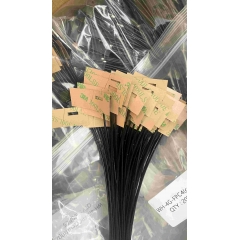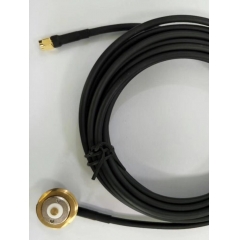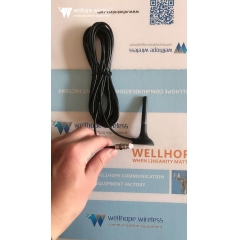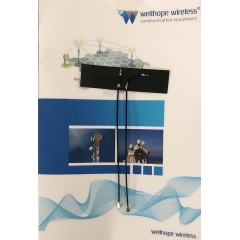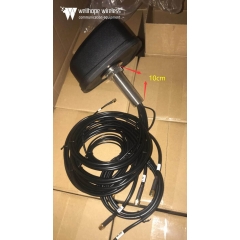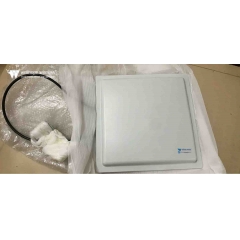What is Antenna Gain, and is Higher Always Better?
Estimated 10minutes to finish reading
Let's discuss what antenna gain is and whether a higher value is always preferable. In reality, it entirely depends on the application of the antenna. Take a flashlight as an example: if you remove the reflector, the light will obviously become less intense. However, if you need an omnidirectional light source to evenly illuminate a room, removing the reflector to allow the light to spread out uniformly is more appropriate. Conversely, if the goal is to create a laser, using a lens to focus all the light from the bulb into a narrow beam is undoubtedly an improvement. But this concentrated beam is unsuitable for lighting up an entire room.
This phenomenon of concentrating light in a specific direction is called directivity, and the degree of concentration is referred to as gain. In the field of antennas, these two concepts behave very similarly to those of a light source. Imagine an antenna radiating energy uniformly in all directions like a candle; this is a non-directional isotropic radiator. Technically, this is defined as 0 dBi, meaning the radiation energy is the same in every direction.
Now, if you place a mirror next to the candle, the mirror will alter the distribution of light energy and give the candle directivity. The mirror will make half of the room darker and the other half brighter because the light is reflected and concentrated in one direction. This approach of "stealing" and redirecting energy from less favorable directions to enhance it in certain directions also applies to antennas.
Therefore, antennas do not generate radio energy; they merely transfer, guide, or concentrate it in a specific direction. This directional characteristic is known as gain. A mirror can redirect half of the candle's energy, making it appear twice as bright in certain directions—equivalent to two candles. In this case, we say the mirror provides a gain of 3 dB because it doubles the energy.
It is important to mention that the unit for measuring antenna gain is the decibel (dB). However, it is typically relative to a reference antenna. Usually, the radiation intensity of an omnidirectional antenna or a half-wave dipole antenna with the same input power in a certain direction is used as the reference value. When using an omnidirectional antenna as the reference, it is denoted as dBi (i - isotropic), and when using a half - wave symmetric dipole antenna as the reference, it is denoted as dBd (d - dipole).
From the definition of antenna gain, we can understand that it refers to the square ratio of the electric field strengths (i.e., the power ratio) produced by an actual antenna and an ideal radiation element at the same point in space under the condition of equal input power. It quantitatively describes the degree to which an antenna concentrates and radiates the input power.
The gain performance of an antenna in different directions is represented by an antenna gain pattern (or radiation pattern). The narrower the main lobe and the smaller the side lobes of the pattern, the higher the gain.
All antennas exhibit a certain degree of directivity, and the variation in gain across different directions reflects this directivity. Even omnidirectional antennas have "blind spots" or "nulls" in their radiation patterns.
After understanding the true meaning of gain, we can better determine whether more or less gain is preferable for any specific application. A high - gain antenna, like a flashlight, needs to be pointed in a specific direction. Although the antenna does not create new radio frequency energy, its directivity effectively transmits the signal to the target location.
However, if you want a wireless signal to evenly cover an entire room, you may not need gain or the directivity it brings. This is because gain essentially "steals" radiation energy from certain directions to enhance the signal in other directions.


















 5G Netzwerkantenne
5G Netzwerkantenne
